The Truth About Adaptive Transmissions
It’s been 20 years since automakers filed the first patents for adaptive automatic transmissions. These “intelligent” cog swappers promised all the bespoke speed and efficiency of an English butler. And yet, time and time again, I get into a new vehicle, put my foot down and find myself saying “You just can’t get good help anymore.” The Subaru Legacy, Mercedes C350, Honda Accord and Dodge Grand Caravan all came equipped with gearboxes displaying advanced signs of mechanical ADD. Are these devices slow learners or just too damn smart for your own good?
According to the playbook, an adaptive automatic transmission studies your driving behavior and then adjusts its workings to deliver “suitable” throttle response and “appropriate” shift points. To achieve this feat, there are as many modus operandi as there are manufacturers’ eagle-eyed patent departments. Needless to say, the modern adaptive gearbox relies entirely on sensors and computer controls.
In Subaru’s case, a Transmission Control Module sits at the heart of their four speed adaptive autobox. Sensors tell the ECU (Electronic Control Unit) when the car’s going uphill, downhill or around a corner. The black box directs gear changes according to event-specific algorithms designed to make those experiences “better.” Selecting Sport mode calls-up a different internal 'map' or program which allows higher engine speeds during acceleration, and delivers more responsive downshifts when the guy in front of you doesn’t slide over to the right.
On a recent test drive, the Subaru system performed like a minor league ball player. It wanted to do a good job; it just wasn’t ready. I asked Subaru how long it takes one of their intelligent transmissions to get smart. They told me the ECU learns constantly, adjusting continuously. In other words, the boffins couldn’t give me a deadline, in terms miles or time, when their ECU should be in sync with its master.
Granted, that’s a tough question. If you scoot out onto the highway and drive 65mph for a day, how much data does the computer really have to get on with? The flip side is worse. A car sitting on the dealer’s lot gets driven in two-mile sprints at irregular intervals, with drivers as different as Lindseys Graham and Lohan. And then there’s the dreaded “Multiple Driver Syndrome” (MDS). That’s where vastly different driving styles scramble the car’s brain, creating a mean mean.
Just how much difference all this fuzzy logic programming makes is, well, fuzzy. There’s only one way to get a proper fix on an adaptive transmission’s [theoretical] advantages: a computer-controlled rolling road test simulating various driving styles, with and without the algorithms. None of the manufacturers contacted for this article could provide any such test results, or any hard stats on the adaptive transmission's relative efficiency in general. Words like “better” and “improved” were as good as it got.
Truth be told, the adaptive transmission’s effect on driving dynamics may not be all that much of a blessing. On paper, the new Mercedes C-Class’ seven-speed cog swapper– a trickle down technology from the mighty S-Class– should be a wondrous thing to drive. With seven gear settings and the computer’s ability to skip a couple cogs going up or down, a C-Class pilot should be able to blaze out in glory and snuff some serious momentum without setting the car’s brakes afire. In the seat, the C-Class’ adaptive transmission is nowhere near as much fun as you thought it was going to be.
That said, Mercedes asserts that their transmission’s control unit may take a couple thousand miles to “get used to” its driver’s throttle and brake inputs. If you share the car, it will average out the drivers’ approaches. If you don’t like the outcome, if the aforementioned MDS sets in, “Dave” will reset “HAL” at no charge (as Mercedes does for cars heading into the pre-loved lot).
Therein lies the conundrum of modern automatics. By definition, they’re not going to be as good on a test drive as they are over the long haul. In that sense, it’s easy to see why new car salesmen rarely make a big deal of adaptive transmissions; “Trust me sir, it gets better over time…”
Though a little explanation might go a long way. The general public is generally appreciative of genuine advancements in automotive technology, and people have been dealing with break-in periods since, oh, 1906. Mercedes claims their adaptive transmission increases drivetrain longevity and reliability. It’s not the sexiest of selling points, but it would make it a little easier to endure a few weeks of dim-witted gear changes.
Anyway, we’re stuck with these gizmos. “It is not the strongest of the species that survives, nor the most intelligent that survives. It is the one that is the most adaptable to change,” Charles Darwin wrote. Frustrating though they are, adaptive transmissions will thrive and evolve– unless something better renders them obsolete.
More by Michael Martineck
Latest Car Reviews
Read moreLatest Product Reviews
Read moreRecent Comments
- Bd2 If I were going to spend $ on a ticking time bomb, it wouldn't be for an LR4 (the least interesting of Land Rovers).
- Spectator Wild to me the US sent like $100B overseas for other peoples wars while we clammer over .1% of that money being used to promote EVs in our country.
- Spectator got a pic of that 27 inch screen? That sounds massive!
- MaintenanceCosts "And with ANY car, always budget for maintenance."The question is whether you have to budget a thousand bucks (or euro) a year, or a quarter of your income.
- FreedMike The NASCAR race was a dandy. That finish…
















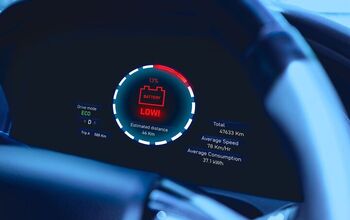
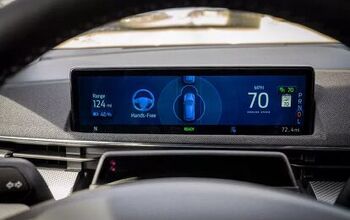



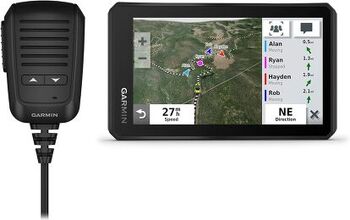


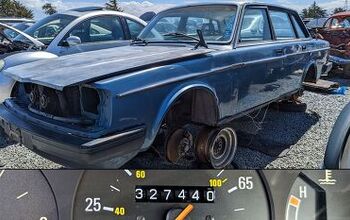

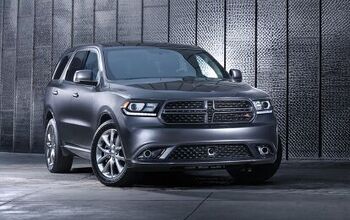





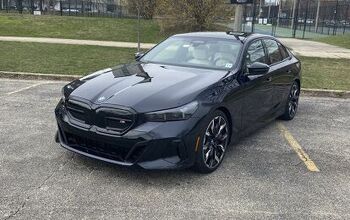
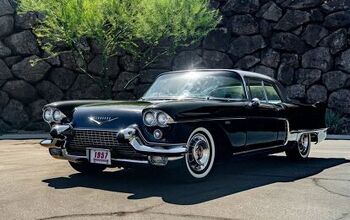
Comments
Join the conversation
[...] [...]
My transmission is adaptive. I know what gear I need to be in per speed and rpm, and the transmission 'adapts' via my left leg and right arm. Simple!